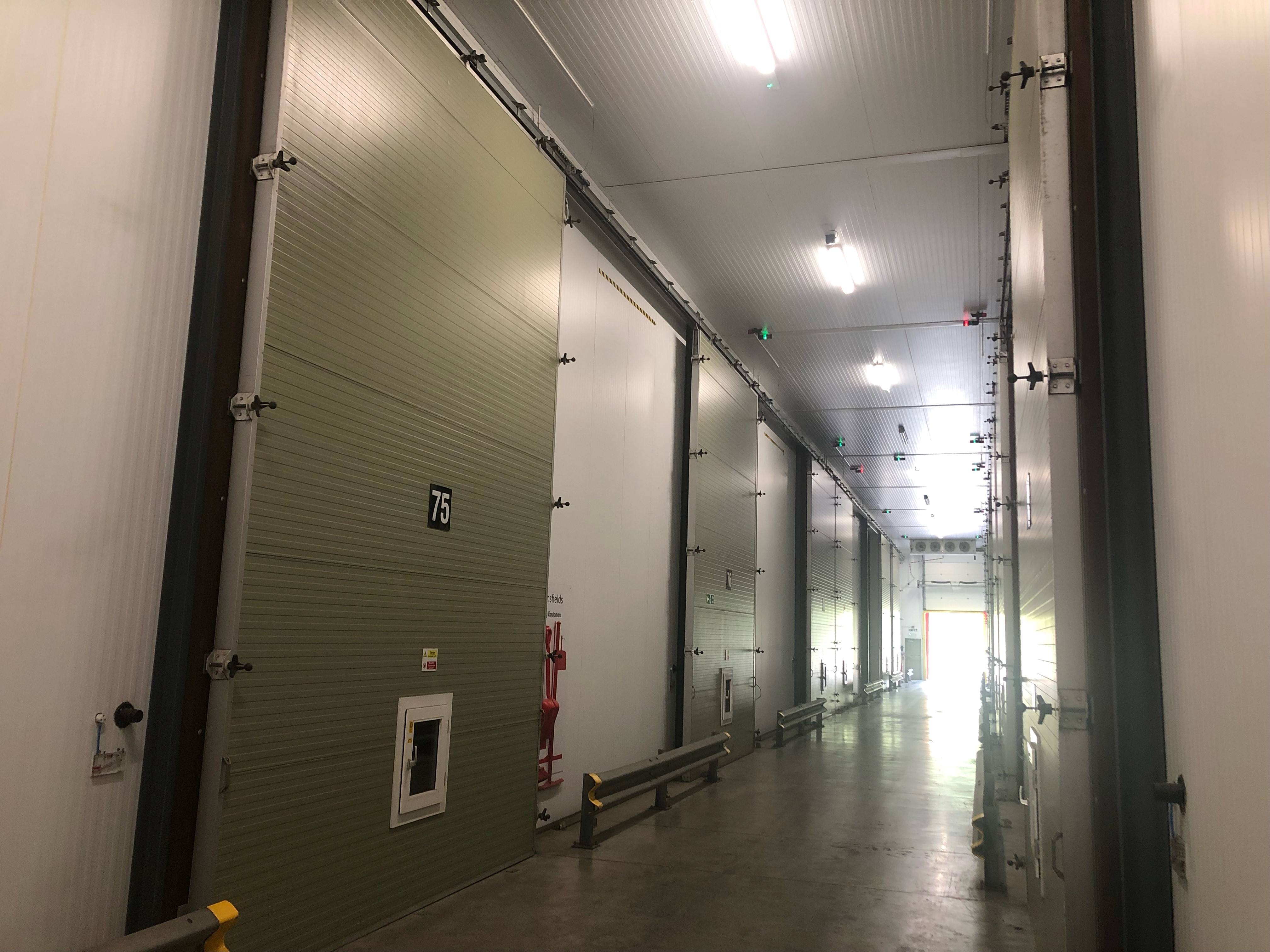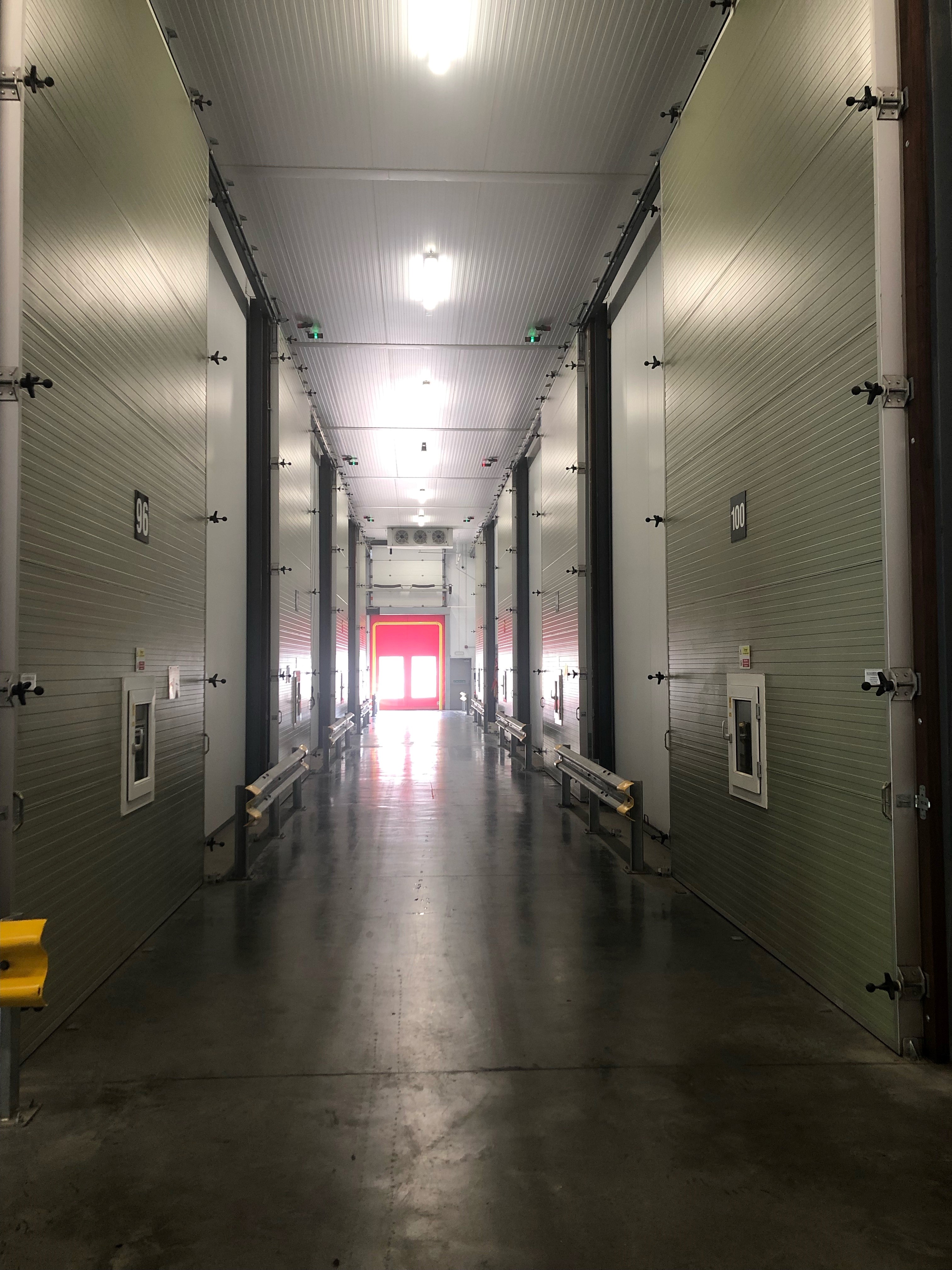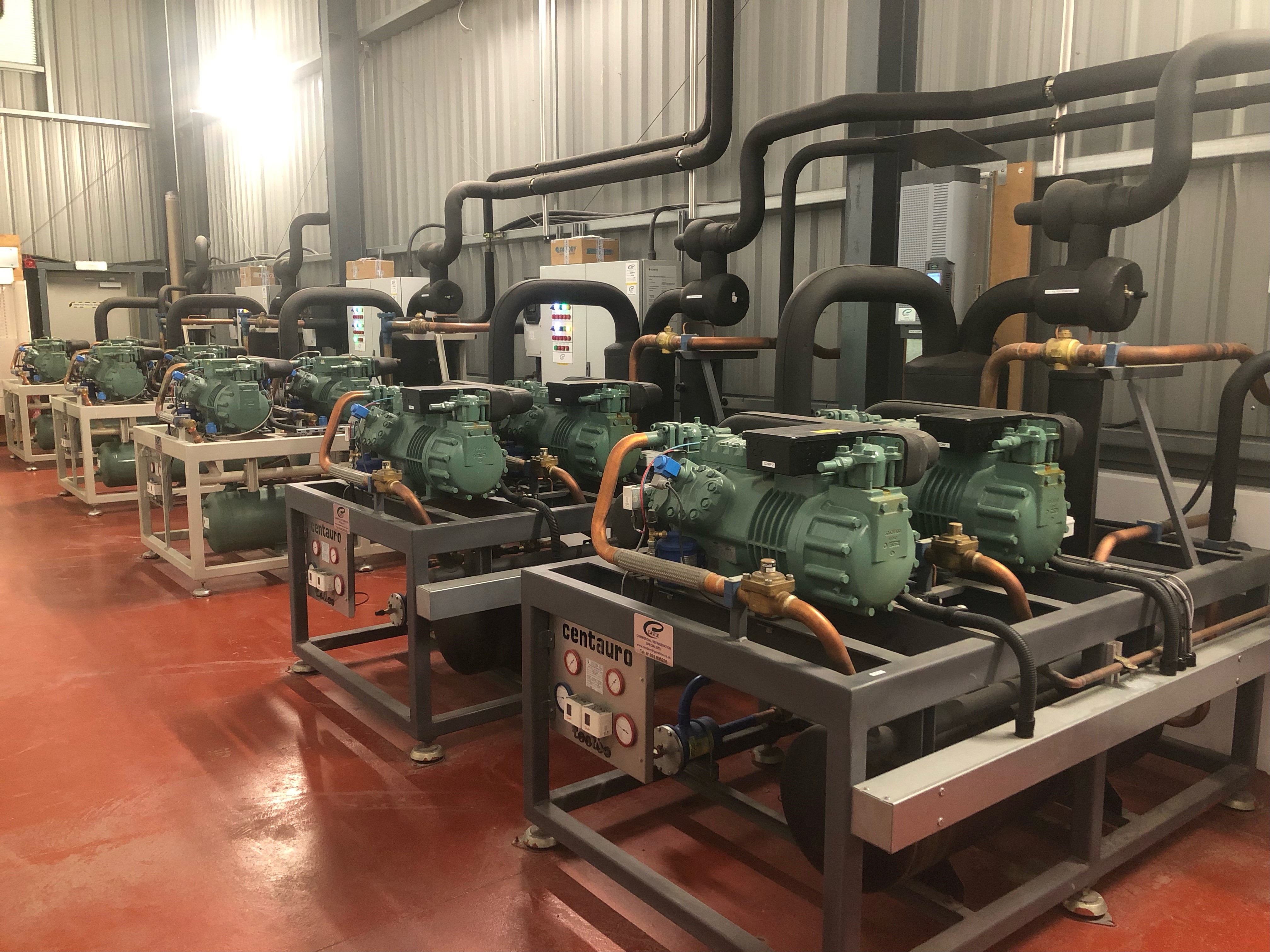Reducing carbon footprint with R-513A at fruit grower cold store
Climalife UK
One of the largest fruit growers in South East England was looking to adopt a low GWP (Global Warming Potential) refrigerant to replace R-134a in its cold stores with the view of reducing its carbon footprint, in the supply of high-quality produce to supermarkets.

In the competitive market of fruit agriculture, efficient storage and distribution systems play a crucial role in maintaining high quality products. Legislation is constantly encouraging the industry to adopt new cold store equipment, that uses a lower GWP refrigerant.
The fruit grower completed the final phase of a project that has run for several years, targeted with the development of 12 additional controlled atmosphere cold stores. The facilities include three pack systems, each managing four of the cold storage units. There have been multiple phases of this build which started in 2018 and now totals 30 controlled atmosphere stores and chilled avenues. The cold stores had originally been installed with R-134a, which has a GWP of 1430.
Supporting the client with a sustainable and eco-efficient refrigerant solution
The fruit grower called upon the expertise of Castle Commercial Refrigeration - specialists in the design, installation, servicing and maintenance of commercial refrigeration systems.
Throughout the project the fruit grower maintained its focus on innovative solutions that would lead to the use of a lower GWP refrigerant as well as achieving good energy efficiency, responding to market demands for sustainable practices. The company had discussed options with Castle Commercial Refrigeration to see if there was an alternative refrigerant to R-134a suitable for meeting the sustainability requirements of new equipment.
Having done some research into R-513A refrigerant, director, Shaun Jupp and refrigeration engineer, Tom Knight invited Climalife in to explore the refrigerant further, with the view to offering this low GWP, sustainable and eco-efficient solution to their client.
When discussing the Climalife and Castle Commercial Refrigeration relationship, Shaun said:
“We have worked together for many years and maintained a close relationship. The Climalife team provide us with valuable advice on legislative changes and products, including how to use them.”
With Climalife’s support, Castle Commercial Refrigeration were confident in recommending R-513A (Opteon™ XP10) and the end user agreed to start planning the installation work.
Selecting the right equipment
Over the course of the project, several key players were involved in making recommendations for the equipment used. Having decided on the use of R-513A, Shaun was in contact with a leading refrigeration parts manufacturer who supplied the refrigeration packs, condensers and other necessary components. The refrigeration parts manufacturer played a crucial role in the decision-making process providing recommendations on the optimal equipment set up compatible with R-513A. They recommended that the project utilised Bitzer components, which were well suited with the R-513A application.
Implementation phase
One of the main challenges faced in this project was the need to meet tight deadlines. When it comes to cold storage of fresh produce, the refrigerant installation is often the final process to be executed. Fresh fruit is loaded into the cold storage facility and then the refrigeration system is commissioned, creating a process that required precise coordination and timing.

Cold storeroom for fresh fruit to be stored
Castle Commercial Refrigeration were engaged in commissioning the systems whilst the stores were partially loaded with fruit. This was an additional layer to the process where the team had to ensure access was available for testing without disrupting fruit being loaded.
The implementation of 160 Kg of R-513A ran smoothly. There were no significant differences encountered in the practices when transitioning from equipment using R-134a to equipment using R-513A. The team could apply the same methods as they had previously used, allowing for a smooth changeover. As a result, the system worked well with the refrigerant and performed as expected.
The transition to the new system shows good energy efficiency, lower emissions through lower GWP. This has contributed to the overall operational cost reductions as well as easing carbon footprint demands.
System monitoring
The installation of a Dixell XWEB remote monitoring system across all cold store facilities has also provided a method to help control and monitor the cold store. Both the end customer and Castle Commercial Refrigeration can now monitor the performance of compressor packs, including potential metrics such as superheat and subcooling, in real time. This system also allows for remote control of store operations, including activation and scheduling of defrost cycles. In addition to this remote monitoring system a CCTV system was also installed with cameras behind the evaporators in every cold store to monitor for any ice buildup. This is a crucial advantage as once the stores are sealed there would be no access for up to 12 months or more.
The ability to troubleshoot issues remotely minimises the need for on-site callouts. For instance, if there is an ice buildup, the monitoring system enables engineers to initiate defrost cycles immediately, meaning it saves time and reduces service costs for the end customer.
As a result, the end user not only saves on operational costs but also has a new system that is more energy efficient resulting in lower emissions.
The design of the cold store contributed towards the success of this project. Utilising twin compressor packs with the lead compressors controlled by a Bitzer inverter, the system included remote condensers located outside the facility, equipped with Electronically Commutated (EC) fans. These EC fans can reduce the energy consumption by up to 70% compared to traditional alternating current fans, improving overall system efficiency.

Centauro packs with Centauro evaporators and condensers
The fans are controlled by the Dixell pack controller. Facilitating optimal performance and responsiveness to varying conditions inside the cold stores. Additionally, electronic expansion valves were fitted in the stores to enhance efficiency and reduce costs; these components have been performing well since installation.
Efficient integration and operation
Since the completion of the last phase in January 2023, the new equipment has proven effective in achieving the desired temperature control, critical for maintaining the freshness of fruit during storage. The successful integration of the new equipment has allowed the grower to manage their inventory more effectively. As a result, the fruit can be monitored to ensure all product meets the high standards expected by supermarket partners.
The project has successfully achieved its objectives, resulting in enhanced cold storage systems for the fruit grower. The site is evaluating potential upgrades, particularly considering the existing stand-alone stores running on R-134a. In the event of a gas leak, the plan is to upgrade the systems using R-513A, answering the pressures from supermarket partners to constantly aim for sustainable solutions.
Tom Knight:
“The refrigerant is working well within the system and performs as expected. The client is extremely satisfied with the completed installation, and it has been in continuous operation since commissioning.”
Equipment used in project
- Bitzer Inverter driven compressors
- Centauro packs with Centauro evaporators and condensers
- Danfoss electronic expansion valves
- Dixell XWEB remote monitoring system
R-513A
- Low GWP (631) - F-Gas AR4
- A1 safety class
- Alternative to R-134a in new equipment, for use in medium and low temperature refrigeration and heat pumps
- Long term sustainable and compliant with GB F-Gas legislation
- Energy efficiency comparable to R-134a
- Azeotropic refrigerant with zero glide
- Supported and approved by major equipment manufacturers
Commonly used in the installation of commercial and industrial refrigeration applications as well as air conditioning, liquid chillers and heat pumps. It can be used in direct expansions and flood systems.
